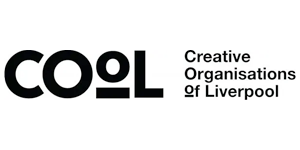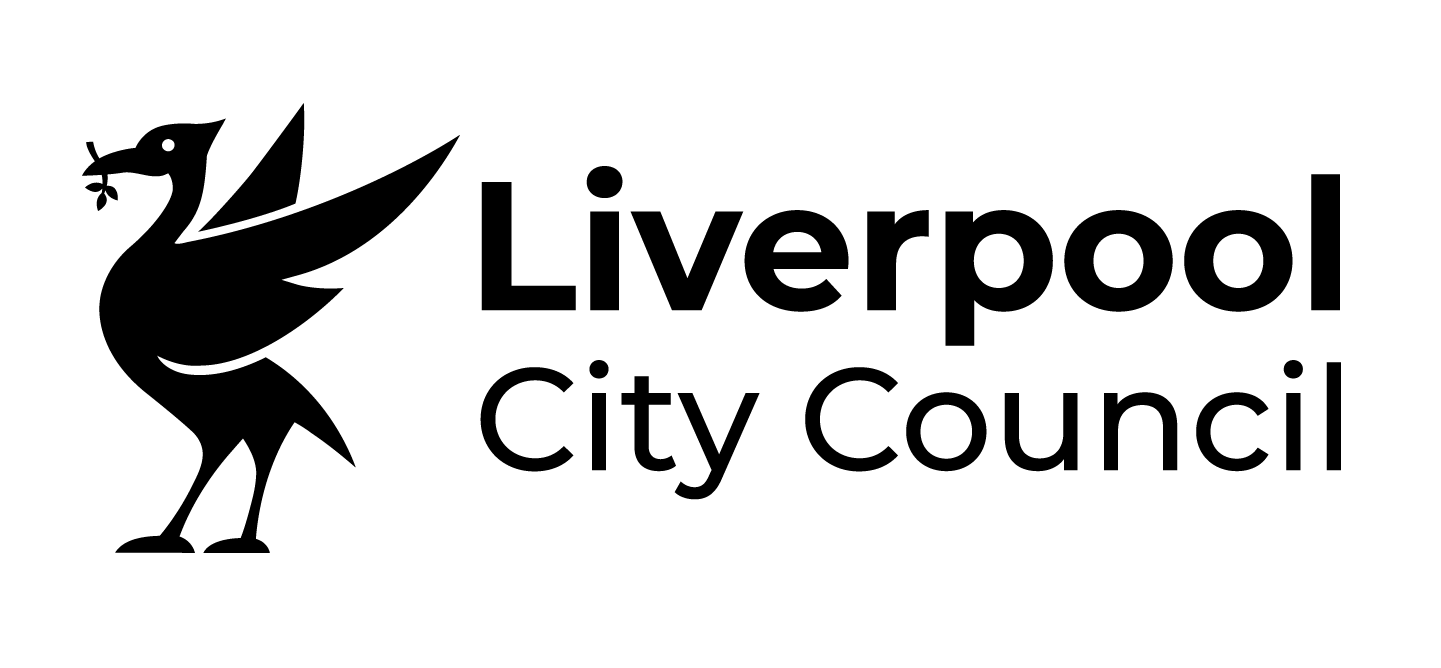Making Digital Participatory Theatre
Making Digital Participatory Theatre is a series of filmed essays & case studies that explore the work of those making participatory theatre using digital means and platforms both before and during the COVID-19 pandemic.
We recommend you watch each filmed essay in order.
Chapter One: What is the difference between a digital and a live participatory theatre process?
In this first film Maya Chowdhry introduces the digital participatory theatre landscape and highlights some of the opportunities and challenges inherent in it. She defines terms such as transmedia, hybrid theatre, digital performance, digitally born etc., and uses case studies to help us understand the breadth and scope of the field.
Small Gifts is a collaborative video poem commissioned by Collective Encounters during the first COVID-19 lockdown. Small Gifts explores the ways we can make the world a slightly better place. Nathan Powell describes his collaborative creative process from concept to realisation in practical terms including his digital engagement methods and distribution processes. Along the way he talks about topics including engagement, ethics, collaboration, ownership and aesthetics.
Chapter Two: What is the message and how does the medium reflect this?
In this second film Maya Chowdhry explores how participatory theatre makers can use digital platforms and engagement processes to communicate the ‘message’ in multi-layered ways. She shows us how a hybrid approach to participatory theatre making, and finding mediums that really fit our message, can create new depths and diversity to performance.
Toybox is an audio-visual spoken word album created by a group of care leavers sharing their experiences of British childhood by Humblebee Creative. In this film artistic director Kamari Romeo describes the creative process and shows us footage of rehearsal, production and the final piece to illustrate it. He talks about some of the opportunities and barriers when making digital participatory theatre, and picks up on some key participatory theatre themes such as values, impact and experts by experience.
Chapter Three: Who is the audience and how can they participate?
In this third film Maya Chowdhry distinguishes between ‘audiences’ and ‘participants’, charting a spectrum of participation and talking about audience agency. She invites us to think about who our audiences are, how/if they already engage digitally, what platforms and processes will work for them, and how we can be inclusive both in the ways we make and share our digital participatory theatre.
The Delegation (by Coney) was an interactive performance that brought together audiences in the UK and Russia to explore how they were experiencing life during a pandemic, via the concept of a ‘digital convention’. Tassos Stevens explains how the idea evolved and how the experience worked in practice. He talks about creating open, playful spaces where audiences can find agency; about building game play on meaningful foundations.
Chapter Four: Digital platforms and production methods: Why and how?
This fourth film sees Maya Chowdhry asks how the tools and platforms we use to create and distribute our work affect the style of our digital participatory theatre and what opportunities they provide for participation. She looks at synchronous and asynchronous engagement, audience agency, digital collaboration and digital interactivity, explaining how many of the key platforms work work along the way.
The Ethical People Movement (EPM) was a digital component of the Virtual Migrants production, Continent Chop Chop. The EPM comprised a website, campaign video, social media presence, music track, merchandise and a petition to wrap around a live Virtual Migrant’s performance. Maya explains why she chose transmedia storytelling as her method and how it enabled a broad range of ways for people to participate. She talks about playing with, questioning and subverting digital platforms, the use of faction, and the potential of hybrid theatre.
Chapter Five: How do different digital distribution methods engage audiences?
In this final film in the series Maya Chowdhry helps us to think about what digital platforms will help us to engage our audiences most effectively. She explains the ideas behind synchronous, asynchronous and hybrid distribution, and talks about how different participation and distribution methods have been applied to a range of digital participatory theatre projects.
New Worlds (by Forest Tribe Theatre) is an interactive hybrid performance experience that raises awareness of the human impact on the environment and invites participating audiences (non-verbal autistic children) to experience the rainforest through all of their senses. Debbie Bandara explains the concept, how she’s using haptic technologies and live streaming to connect with audiences in ways that aren’t possible in live theatre. She talks about immersive, sensory, holistic experiences and creative accessibility.














